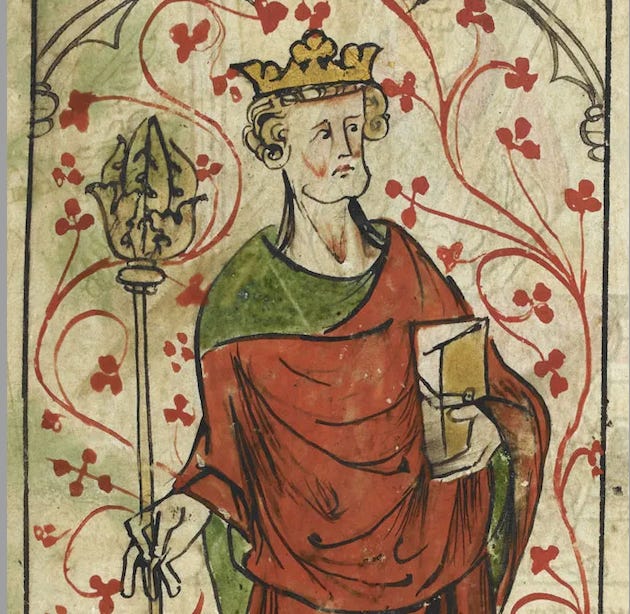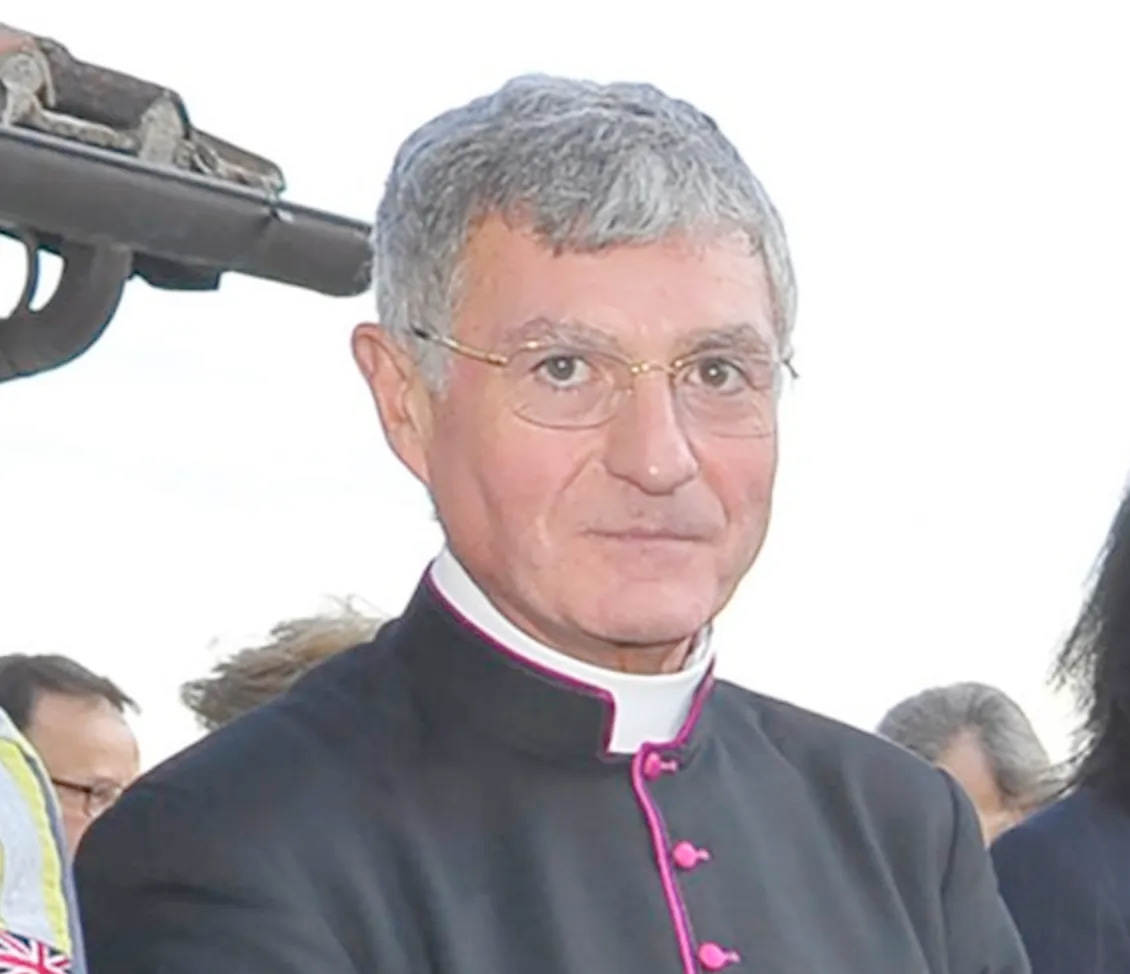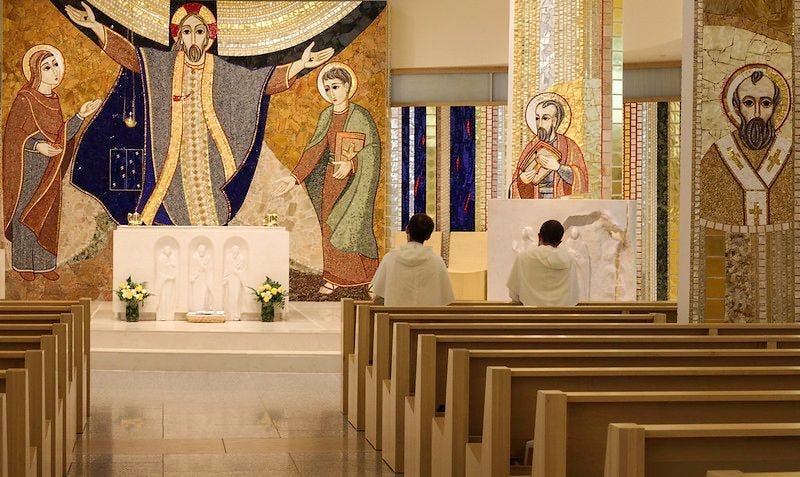
Thousands of Britons are praying Thursday for the repose of Queen Elizabeth II's soul, after the beloved monarch died at 96. Catholics looking for a saint to intercede for her might look to Edward the Confessor, the king who was a saint.
Ever since Henry VIII created the Church of England and declared himself its leader in 1534, the role of English monarch has been connected to the Anglican Church. The king or queen of England also serves as the head of the state church.
For more than three centuries, British law has prohibited a Catholic from being king (although new legislation enacted in 2015 allows the monarch's heir to marry a Catholic, which had previously been forbidden as well).
But before Henry VIII split from the Catholic Church, England was a Catholic nation.
And one English king is even a canonized saint: Edward the Confessor, who reigned from 1042-1066.
If you’re not familiar with the saint-king’s life, here are some highlights:
He grew up in exile, in Normandy
Edward was born in the early 1000s, the son of King Ethelred the Unready. After a Danish invasion in 1013, Edward was sent to exile in Normandy, where even from a young age, he developed a love of the Mass and of hunting. With numerous rivals vying for the throne, it was not clear that Edward would ever become king, and he was not crowned until he was around 40 years old.
He was well known for his holiness…and also his anger issues
As king, Edward developed a reputation for living a simple, pious lifestyle and being generous with the poor. Some reports indicate that he longed for a monastic life and took a vow of continence, as he and his wife never had children.
But other accounts of Edward’s life suggest that he had a temper and could at times be vengeful. After becoming king, he stripped his own mother of her home and property, complaining that she had favored his brothers instead of supporting him - although some accounts indicate that the property may have rightfully belonged to the king.
He had little military experience, but his reign was marked by peace
Because he was raised in exile, Edward did not have the military experience typical of other kings. However, his 24 years on the throne were largely peaceful, as he had no inclination toward military conquests and was successful in the few clashes that took place during his reign.
He was a frugal king, and his subjects enjoyed low taxes
Edward’s humble tastes stood in stark contrast to that of other rulers. And the people benefited, as they did not have to fund a lavish lifestyle.
According to his official royal family biography:
Prosperity was rising as agricultural techniques improved and the population rose to around one million. Taxation was comparatively light, as Edward was not an extravagant king and lived off the revenues of his own lands (approximately £5,500 a year) - nor did he have to pay for expensive military campaigns.
He built Westminster Abbey - and he’s buried there
Edward’s love for the region where he spent his childhood can be seen in one of his greatest architectural achievements, the building of Westminster Abbey.
[T]he story goes that Edward vowed that if he should return safely [from exile in Normandy] to his kingdom, he would make a pilgrimage to St Peter's, Rome. But once on the throne he found it impossible to leave his subjects, and the Pope released him from his vow on condition that he should found or restore a monastery to St Peter. This led to the building of a new church in the Norman style to replace the Saxon church at Westminster.
Edward was buried in Westminster Abbey, which was completed shortly before his death. His body remains there today, although the abbey is now an Anglican church.
He was regarded as a saint quickly after death, but initial calls for his canonization failed
Edward’s reputation for piety and charity was widespread, and he was viewed with great veneration, even being considered a patron saint of England. In 1139, the prior of Westminster Abbey traveled to Rome to ask the pope to canonize Edward, but the appeal was rejected amid political disputes.
He was eventually canonized by Pope Alexander III in February 1161. He is among the most well-known saints with the title "Confessor," indicating that he lived a holy life, but was not a martyr. His feast day is October 13.



